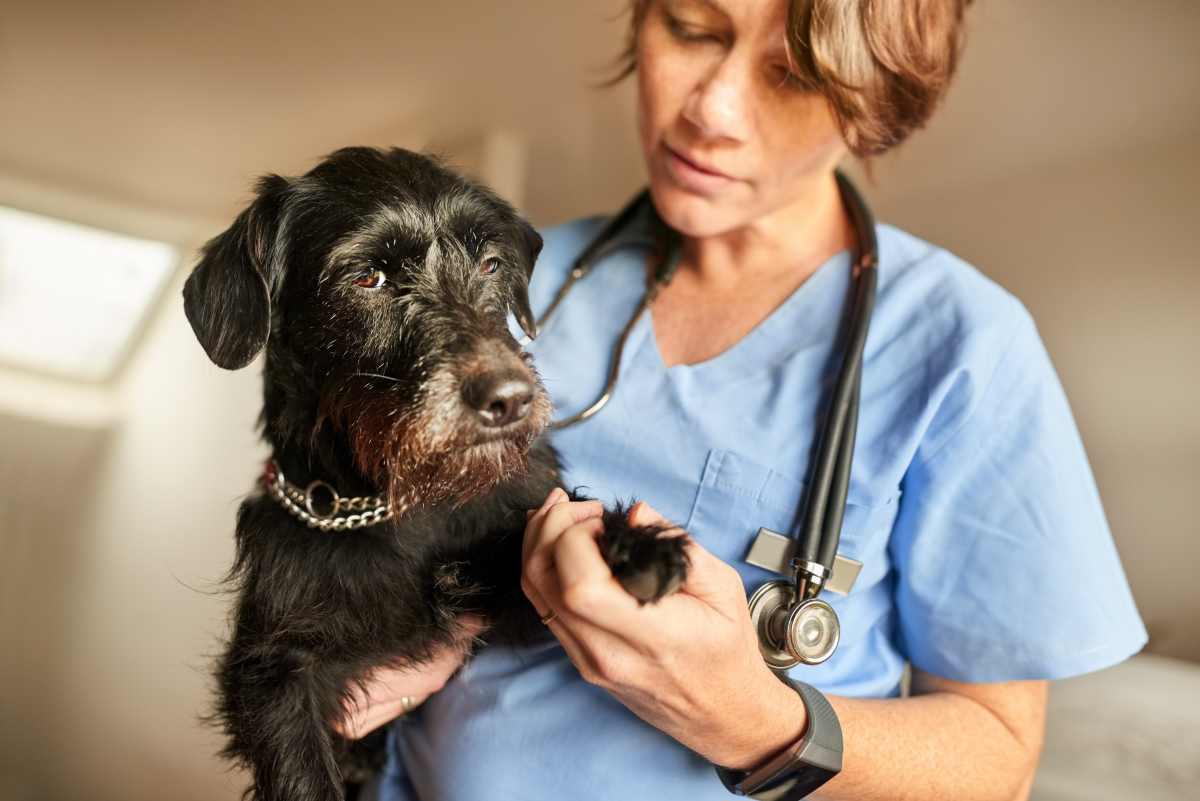Vet warns pet owners about a common cancer sign often mistaken for fat — and says it’s seen more in female pets

Every person dreads the thought of losing their pet forever. While it is inevitable, a terminal disease only makes it worse. Cancer, for instance, is one of the most common diseases that affects aging pets. Though it can be prevented with an early diagnosis, more often than not, pet owners fail to recognize the early symptoms of cancer. This significantly lowers the pet’s chances of survival, as symptoms only start to show when the cancer has reached extreme stages. A veterinarian with extensive experience in dealing with pets fighting cancer has shed light on a common cancer sign in female pets that is often mistaken for fat. As November is observed as Pet Cancer Awareness Month, it’s a good time for pet parents to visit their vets and stay informed about spotting cancer early.

“[Cancer] is challenging to detect, as dogs and cats are prey animals that hide sickness and pain until they can no longer cope,” Dr. Simran, DVM, told A-Z Animals. While signs and symptoms vary with the cancer type, a common cancer symptom prevalent in female pets is in the form of firm lumps or bumps around the mammary tissue. This symptom is often mistaken for fat, considering the region of the body, but it is advised to get the lumps checked for early diagnosis.

A report by the Cornell College of Veterinary Medicine stated that the risk of mammary tumors in female dogs is much higher than breast cancer in humans. These tumors that occur only in female dogs account for 42% of all diagnosed tumors, with a lifetime risk of 34%, per the Veterinary Society of Surgical Oncology. “At a cellular level, mammary tumors in dogs and cats are very similar to human breast cancer tumors. And they may occur in pets even more often than they do in humans,” said Dr. Scott Coonrod, a cancer biology professor and director of the Baker Institute for Animal Health.

Half of the mammary tumors are malignant and likely to spread to other parts of the body, reducing the pet’s chances of survival. However, a female pet spayed before reaching sexual maturity, which is around six months old, will have a lower risk of developing mammary tumors because the ovaries that produce estrogen for the full development of mammary glands have already been removed.

However, age plays an important role in the detection of cancer, as most pets, dogs, or cats are susceptible to the life-threatening disease. According to the report, the most common types of cancers reported in cats include lymphoma, mammary cancer, skin cancer, and fibrosarcoma, whereas dogs are generally affected by malignant lymphoma, osteosarcoma, melanoma, and mast cell tumors, among others. In most cases, cancer in pets is detected during checkups for another health issue. “Splenic cancer is particularly hard to catch. Often, it’s only discovered during an ultrasound for another issue or through X-rays,” the vet said.